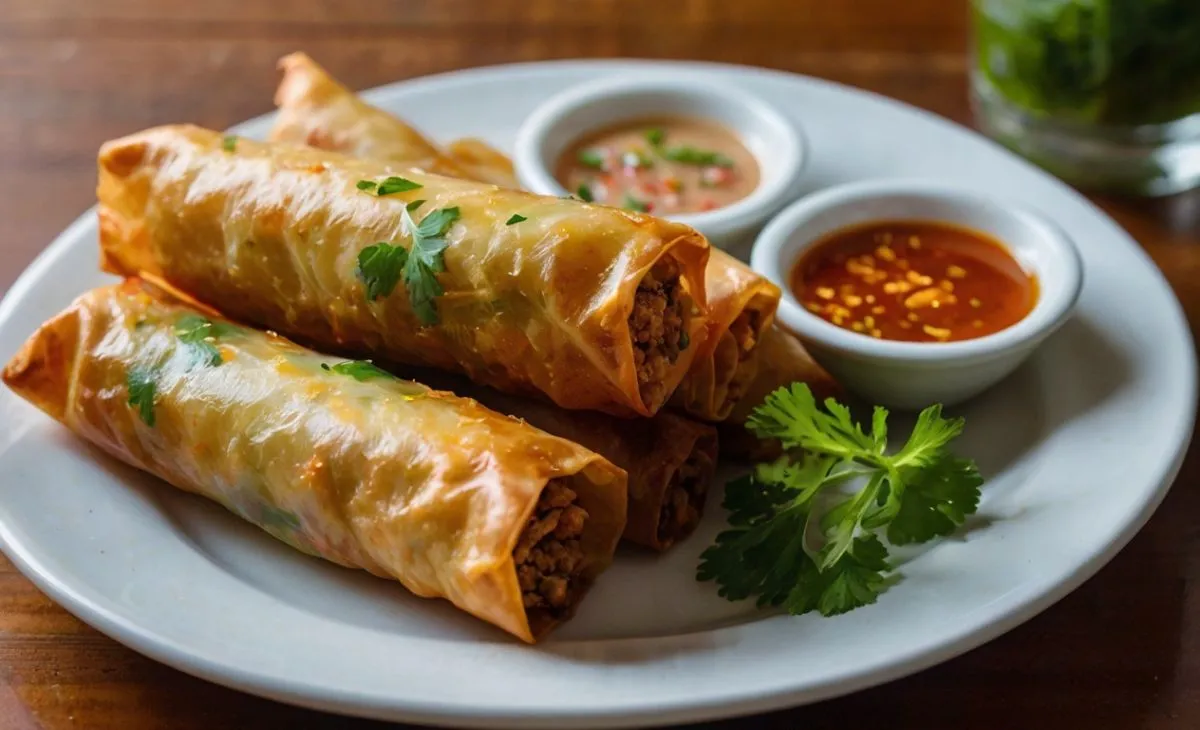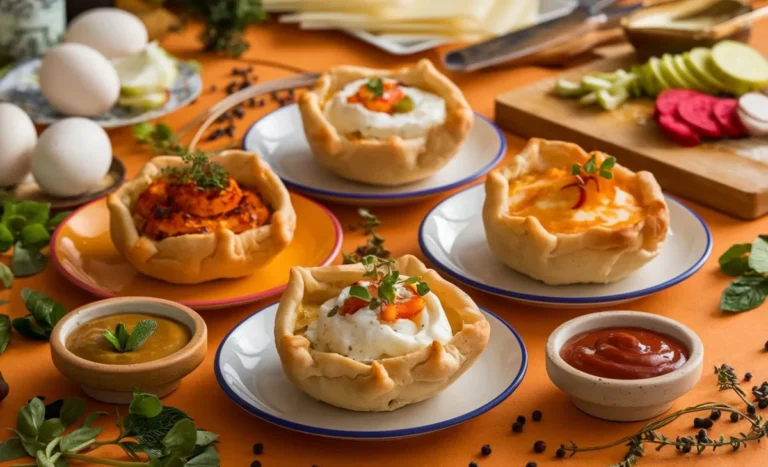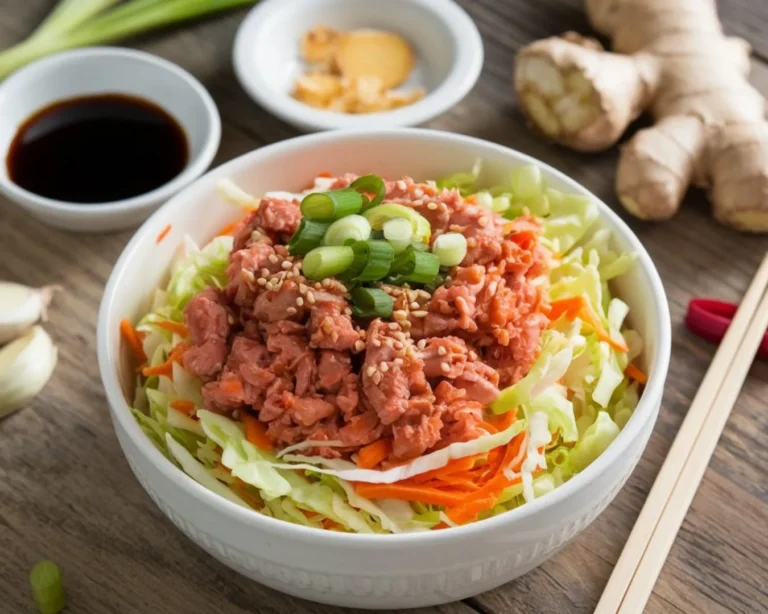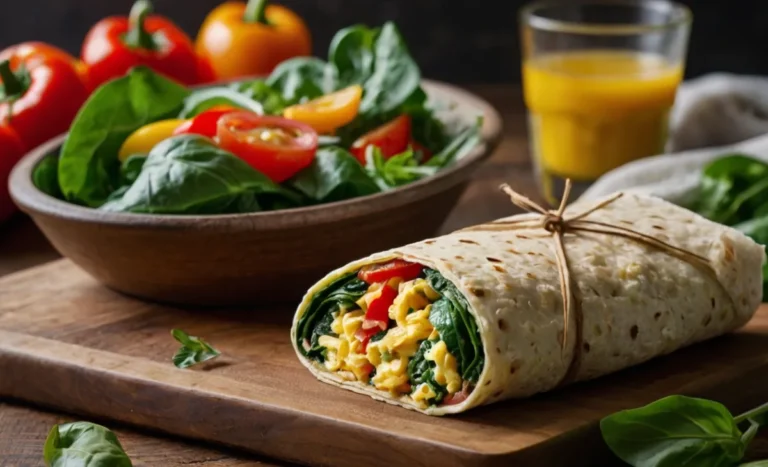Step-by-Step Vietnamese Egg Roll Recipe for Beginners: A Complete Guide
Introduction to Vietnamese Egg Rolls
Vietnamese egg rolls, known as cha gio, are a beloved dish in Vietnamese cuisine. They are crispy, golden rolls filled with a savory mixture of meats, vegetables, and seasonings. Whether served as an appetizer or a main course, these egg rolls are a crowd-pleaser at any gathering. If you’re new to making them, this Vietnamese egg roll recipe will guide you through every step to ensure success.
The beauty of Vietnamese egg rolls lies in their versatility. You can customize the filling to suit your tastes, incorporating ingredients like pork, shrimp, mushrooms, or carrots. The perfect balance of textures and flavors makes each bite a delightful experience. With this step-by-step Vietnamese egg roll recipe, beginners can easily master the techniques required to create authentic rolls at home.
While preparing Vietnamese egg rolls may seem intimidating, it’s quite manageable with the right approach. Key steps include selecting fresh ingredients, properly wrapping the rolls, and achieving the ideal crispiness during frying. This guide will break everything down, making it easy to follow, even for first-time cooks. With a few practice rolls, you’ll soon be making these delicious treats with confidence.
By learning how to make Vietnamese egg rolls from scratch, you’ll gain a deeper appreciation for the traditional flavors and culinary techniques of Vietnam. Not only will you enjoy a flavorful dish, but you’ll also impress your family and friends. This beginner-friendly Vietnamese egg roll recipe will have you serving up crispy, delicious rolls in no time!
Essential Ingredients for Vietnamese Egg Rolls
The key to mastering any Vietnamese egg roll recipe lies in selecting the right ingredients. Each component brings a unique flavor and texture to the final dish, creating a delicious balance. From fresh vegetables to tender proteins, knowing what goes into your egg rolls is essential for crafting authentic flavors. For beginners, understanding these ingredients will make the cooking process smoother and more enjoyable.
At the heart of Vietnamese egg rolls is a flavorful filling. Ground pork is a common base, but shrimp or chicken can be great alternatives. This protein is combined with shredded carrots, vermicelli noodles, and wood ear mushrooms, adding a satisfying crunch and earthy taste. These ingredients are seasoned with fish sauce, pepper, and sugar to create a savory mix that defines traditional Vietnamese flavors.
One important ingredient that gives these egg rolls their distinct crispiness is rice paper or egg roll wrappers. For a more authentic approach, rice paper is typically used, offering a lighter, more delicate texture. However, if you’re a beginner, egg roll wrappers may be easier to work with. Either choice will help you achieve the crispy golden shell that makes this Vietnamese egg roll recipe stand out.
Lastly, fresh herbs such as cilantro, mint, and lettuce are often served alongside the egg rolls. These herbs not only enhance the dish with their fragrant, refreshing qualities but also balance the rich, savory filling. Having these essentials on hand will set you up for success as you begin crafting your own batch of Vietnamese egg rolls. As the saying goes, “Great ingredients create great meals, but it’s the care you put in that truly makes them unforgettable.”
Step-by-Step Guide to Preparing the Filling
Creating the perfect filling is the heart of any Vietnamese egg roll recipe. With a blend of fresh vegetables, tender meat, and flavorful seasonings, the filling is what makes each egg roll irresistible. Whether you’re new to making egg rolls or want to refine your technique, this step-by-step guide will walk you through the process of preparing an authentic filling that delivers delicious results every time. Let’s dive into the essentials and get started on making the perfect egg roll filling!
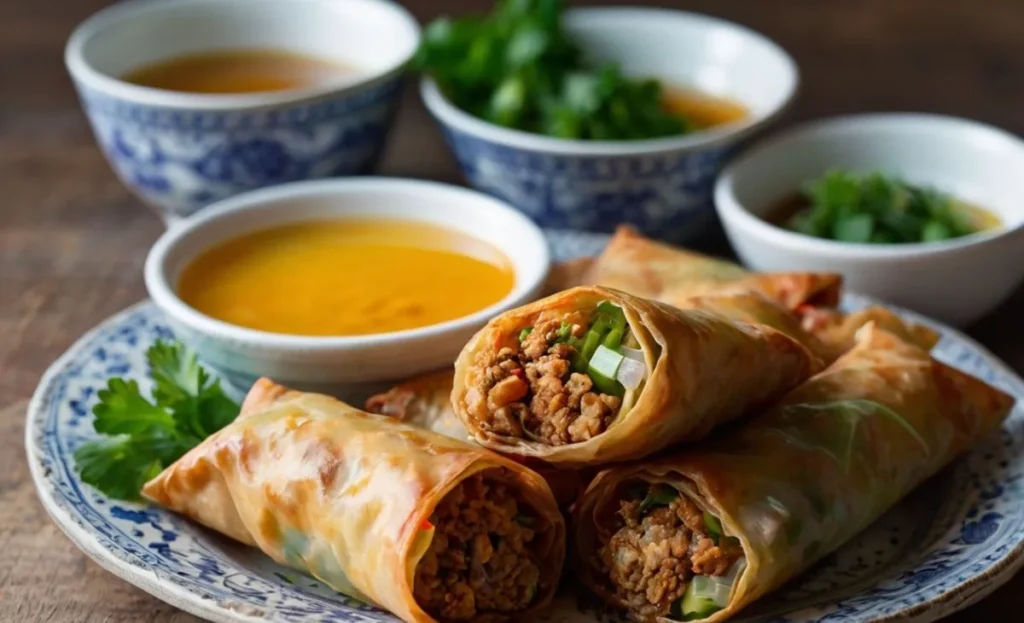
Ingredients:
- 1 lb ground pork (or shrimp/chicken)
- 1 cup shredded carrots
- 1/2 cup chopped wood ear mushrooms
- 1/2 cup cooked vermicelli noodles
- 1 small onion, finely chopped
- 3 cloves garlic, minced
- 1 tbsp fish sauce
- 1 tsp sugar
- 1/2 tsp black pepper
Step-by-Step Instructions:
1. Prepare the Vegetables and Noodles
Start by prepping your vegetables and noodles. Shred the carrots and finely chop the wood ear mushrooms and onion. Cook your vermicelli noodles according to package instructions, then cut them into shorter lengths to make mixing easier. Having everything ready before you begin will make the assembly process much smoother.
2. Combine the Protein and Vegetables
In a large mixing bowl, add the ground pork (or shrimp/chicken), shredded carrots, chopped mushrooms, and onions. Mix everything thoroughly until the ingredients are evenly distributed. This step ensures that each bite of your egg rolls will have a balanced blend of textures and flavors.
3. Add the Seasonings
Next, season your filling by adding fish sauce, sugar, minced garlic, and black pepper to the mixture. Stir well to make sure the seasonings coat the entire filling. The fish sauce adds a savory depth, while the garlic and pepper give it a kick of flavor. The combination of these seasonings is key to an authentic Vietnamese egg roll recipe. ️
4. Rest the Filling
Allow the filling to rest for about 10 minutes, giving the flavors time to meld together. This step enhances the taste of the egg rolls, ensuring each one is packed with flavor. Once rested, your filling is ready to be wrapped and rolled for frying!
By following these simple steps, you’ll create a delicious, well-balanced filling that’s sure to make your egg rolls stand out.
Rolling and Wrapping Techniques
Mastering the rolling and wrapping techniques is essential for achieving perfect egg rolls in any Vietnamese egg roll recipe. Properly rolled and tightly sealed egg rolls ensure the filling stays intact and the outside gets that ideal golden crisp. While it may seem tricky at first, once you get the hang of it, rolling and wrapping becomes a smooth process. In this guide, we’ll walk you through the best techniques to create beautifully wrapped egg rolls, even if you’re a beginner.
The first step is selecting the right wrappers. Traditional Vietnamese egg roll recipes often use rice paper for a lighter, more authentic texture, but you can also opt for egg roll wrappers if they’re more accessible. Whichever you choose, make sure to moisten the rice paper or keep the egg roll wrappers pliable to avoid cracking. When you’re ready to start, place a spoonful of filling near one edge of the wrapper, making sure not to overstuff it.
Once the filling is placed, begin by folding the bottom corner of the wrapper tightly over the filling. Then, fold in the two sides, creating a snug pocket for the filling to rest inside. This technique helps keep everything securely in place as you roll. Continue rolling upward until you reach the top, making sure to tuck and tighten the roll as you go. Seal the edges with a bit of water to ensure the roll stays closed during frying.
For perfectly even and uniform egg rolls, it’s important to practice consistency in the amount of filling and the way you fold the wrapper. The key is maintaining a tight roll without tearing the wrapper, so don’t rush the process. With these rolling and wrapping techniques, you’ll achieve beautifully sealed egg rolls that are ready for frying, giving your Vietnamese egg roll recipe the professional touch.
Frying Methods for Perfectly Crispy Egg Rolls
rolls to a golden, crispy perfection requires attention to detail and the right techniques. From oil temperature to frying time, each step plays a critical role in ensuring your egg rolls turn out crispy on the outside and tender on the inside. In this guide, we’ll explore the best methods to fry egg rolls like a pro.
First, start by choosing the right oil. Neutral oils like vegetable or canola are ideal for frying egg rolls because they have high smoke points and won’t overpower the flavor. Heat the oil in a deep pan or wok to about 350°F (175°C). Maintaining this temperature ensures the egg rolls cook evenly, achieving that crisp exterior without absorbing too much oil. Use a thermometer to monitor the temperature, as overheating or underheating can affect the final result.
When frying the egg rolls, avoid overcrowding the pan. Frying in small batches allows the oil to maintain its temperature and helps the egg rolls cook evenly. Fry each batch for 5–7 minutes, turning occasionally to ensure all sides turn golden brown. The key is patience—rushing the frying process or using oil that’s too hot can result in unevenly cooked rolls or a soggy texture.
Once they are crispy and golden, carefully remove the egg rolls and place them on a plate lined with paper towels to drain excess oil. This step is crucial for preserving the crunch without making them greasy. By following these frying methods, you’ll ensure that your Vietnamese egg roll recipe results in rolls that are perfectly crisp, ready to be enjoyed with your favorite dipping sauce.
Delicious Dipping Sauces to Pair with Egg Rolls
No Vietnamese egg roll recipe is complete without the perfect dipping sauce to complement the crispy rolls. Dipping sauces add extra layers of flavor, from sweet and tangy to spicy and savory, elevating each bite to a new level. Whether you prefer traditional Vietnamese sauces or want to experiment with different flavors, choosing the right sauce can make all the difference. In this section, we’ll explore some of the most delicious sauces to pair with your homemade egg rolls.
The classic Vietnamese dipping sauce, nước chấm, is a must-try. Made with fish sauce, lime juice, sugar, and garlic, this sauce perfectly balances sweet, salty, sour, and umami flavors. It pairs beautifully with the savory filling and crispy exterior of egg rolls, enhancing their authentic taste. To add a bit of heat, you can include chopped chili peppers, making it as spicy or mild as you like.
For those who enjoy a richer, creamier option, peanut dipping sauce is another popular choice. This sauce combines peanut butter, hoisin sauce, and a touch of soy sauce, creating a nutty and savory flavor profile. It pairs especially well with egg rolls filled with shrimp or chicken, adding a delightful contrast to the crispy texture. Garnishing the sauce with crushed peanuts and a squeeze of lime can elevate its flavor even more.
If you’re a fan of spicy food, try sriracha mayo as a dipping sauce. Mixing sriracha sauce with mayonnaise creates a creamy, spicy dip that complements the crunch of the egg rolls. The heat from the sriracha enhances the bold flavors of the filling while the mayo adds a cooling balance. By offering a variety of dipping sauces, you can transform your Vietnamese egg roll recipe into a versatile dish that caters to different taste preferences.
Tips for Serving and Storing Your Egg Rolls
After mastering the Vietnamese egg roll recipe, knowing how to serve and store them properly ensures they stay fresh and delicious. Whether you’re preparing them for a gathering or saving leftovers, following a few simple tips can enhance the egg roll experience. From keeping them crispy during serving to storing them for future meals, these steps will help you maintain their quality.
When serving egg rolls, timing is key. For the best texture and flavor, serve them hot and crispy right after frying. To keep them warm before serving, place the egg rolls in a preheated oven at a low temperature (around 200°F/90°C). This will keep them crispy without overcooking the filling. Serve with your favorite dipping sauces on the side to allow guests to enjoy a customized flavor experience.
If you need to store leftover egg rolls, proper packaging is essential. Allow the egg rolls to cool completely before storing them in an airtight container to prevent moisture buildup, which can make them soggy. For short-term storage, keep them in the refrigerator for up to three days. When you’re ready to enjoy them again, reheat the egg rolls in an oven or air fryer to restore their crispiness.
For longer storage, freezing is an excellent option. Arrange the cooled egg rolls in a single layer on a baking sheet and freeze them until solid. Once frozen, transfer them to a freezer-safe container or bag, where they can last up to two months. To reheat, bake the frozen egg rolls in the oven until they’re golden and crispy, making your Vietnamese egg roll recipe last beyond the first serving.
Authentic Vietnamese Egg Roll Recipe: How to Make Crispy Rolls at Home

